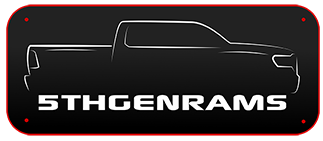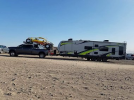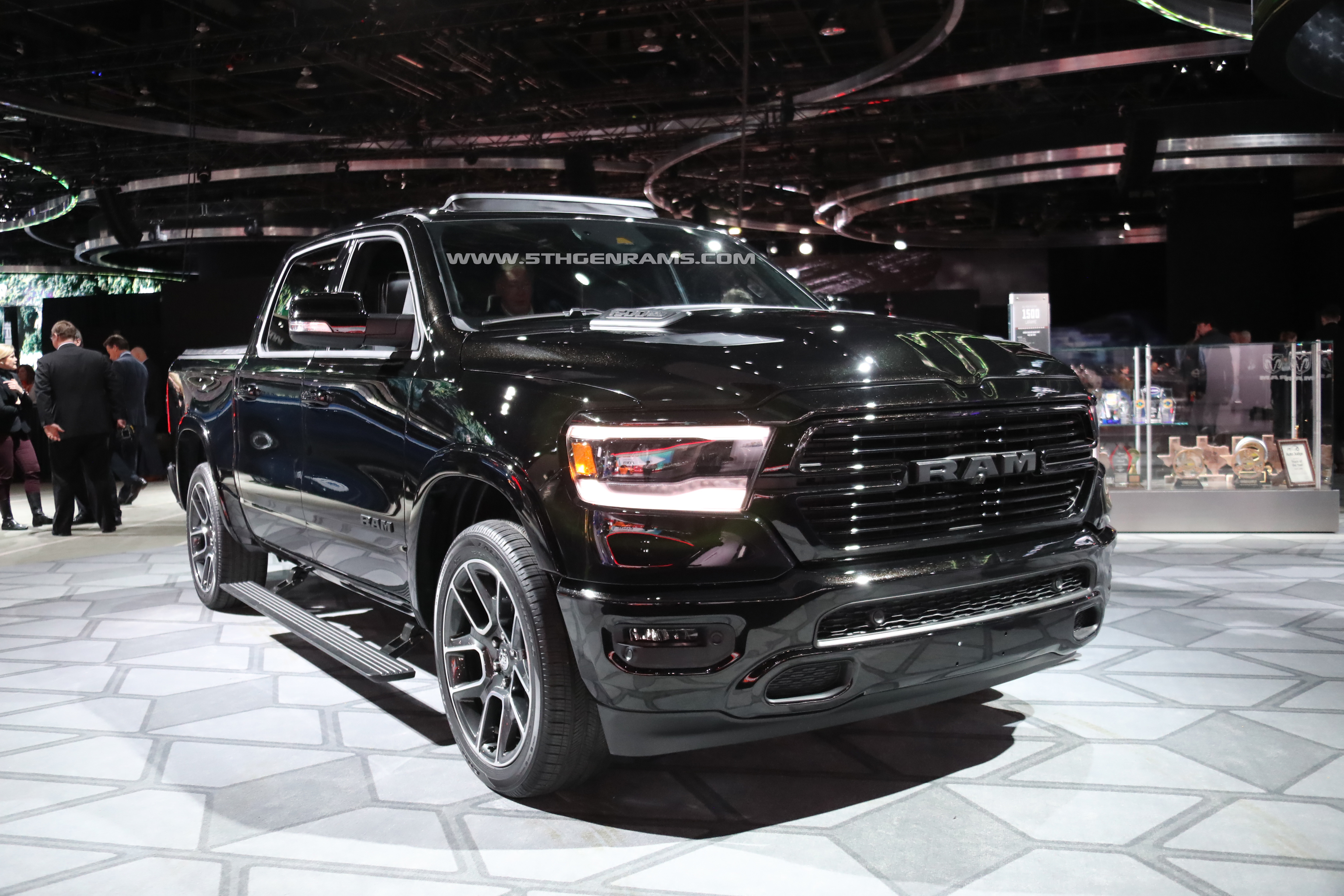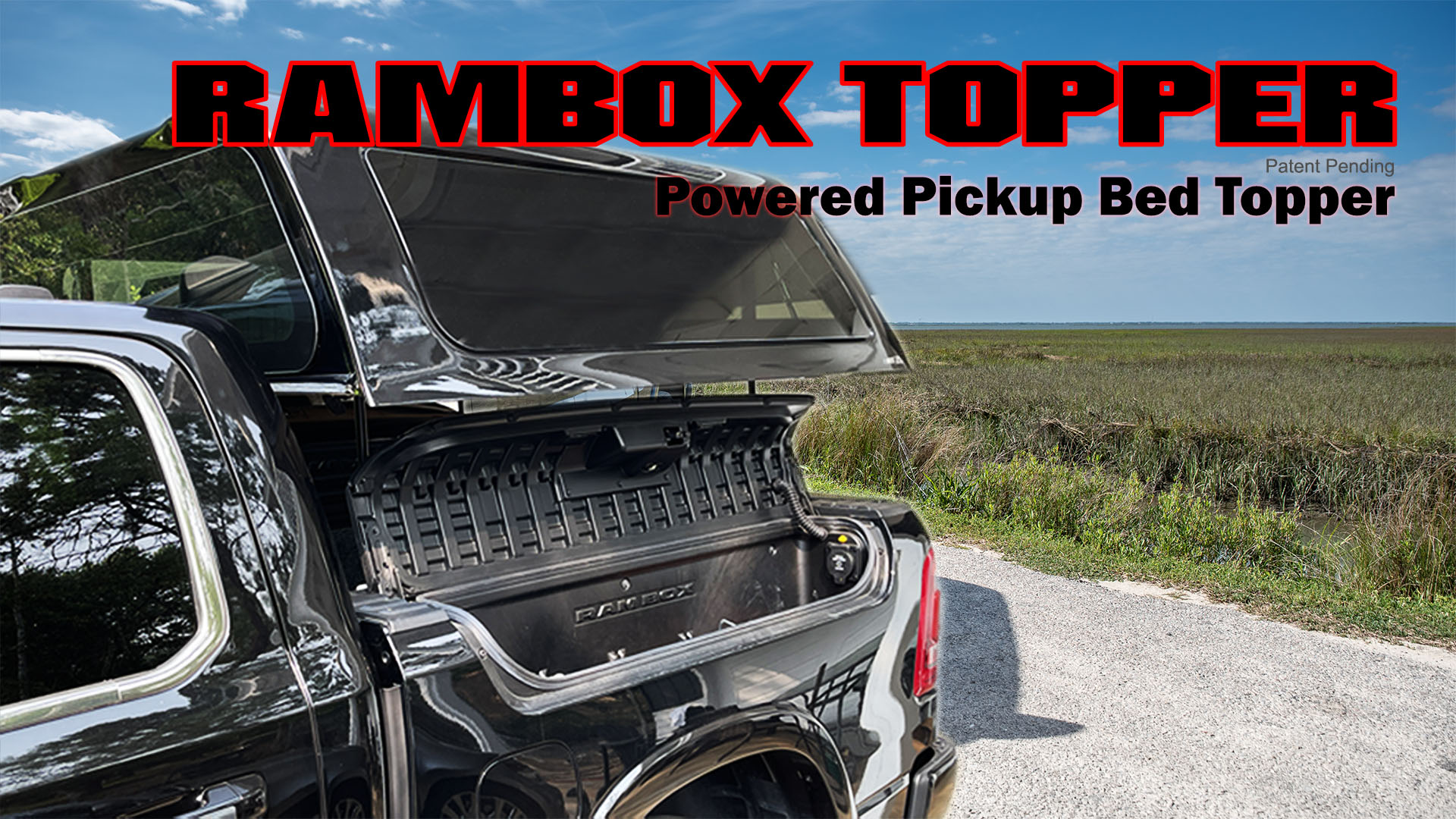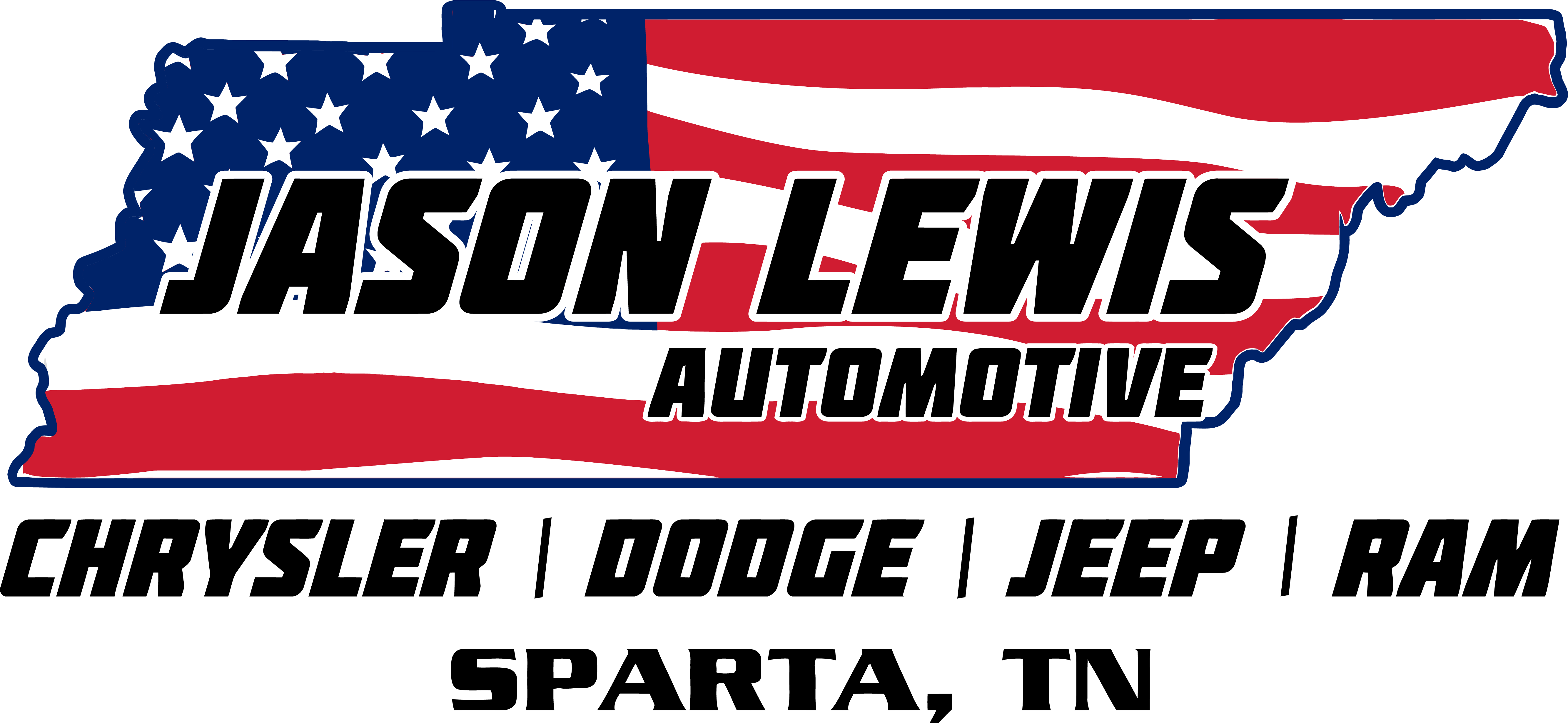The "Trailer-Tow Group" is convenience features for towing: mirrors, trailer brake controller, steering, etc. Nothing in that group will add any capacity.
There's a "Max Tow Package" that has a different rear axle (Dana Super 60 9.75" IIRC instead of the Chrylser 9.25"). I know that bumps some of the numbers up but I'm not sure which ones or by how much (or what models you can add it too).
There's a lot of numbers out there if you're not hip to the jargon.
Plenty of salespeople out there will feed you a line. It's because they want to sell you the truck or they just don't know so go with numbers that work to get the sale.
The ratings are published by the manufacturer as the maximum weight that the truck can safely operate at. Yes there is a safety margin built in but these can also be used against you. If you decide to run overloaded ("I only do it a couple of times a year and don't go very far", "Yeah I'm over but my truck handles it just fine", etc.) and you get into an accident you can be found at fault regardless of who caused it.
The numbers may change a bit from year to year and fluctuate a few pounds depending on the reference you use but here are some numbers for the DT:
GVWR (Gross Vehicle Weight Rating) - 7100 lbs
This is the total weight of the truck that should not be exceeded (base weight + people + gear + gas + payload).
GCWR (Gross Combined Weight Rating) - 17,000 lbs
This is the total weight you can safely drag around (base weight + people + gear + gas
+ trailer)
Payload Capacity - unique based on each truck
This is the GVWR minus base weight (how it left the factory - which includes all the cool options/packages and all those parts that come with it)
Towing Capacity - 11340 lbs (3.92 rear)
This is/is not a real number. If no other weights were a concern then this is the maximum amount of weight your drivetrain (frame, engine, transmission, driveshaft, axles, brakes, etc.) can handle dragging around. This number is always going to be higher than what you can realistically tow safely with your truck (GCWR - GVWR).
We can't forget the other factors that go into this as well:
GAWR (Gross Axle Weight Rating)
This is the total amount of weight that can safely be supported by the axle. The front axle GAWR is 3900 lbs and the rear axle GAWR is 4100 lbs (for the 9.25" rear that almost all of us have).
Tires
The construction of the tire (load rating) will ensure safe driving. The higher the rating the "beefier" the tire as far as construction, sidewall stiffness, and load capacities.
Here's an example:
1. Your truck sticker says you have 1175 lb payload capacity.
2. GVWR (7100 lbs) - 1175 lbs = 5925 lbs base weight.
3. GCWR (17K lbs) - base weight (5925 lbs) = 11,075 lbs maximum towing capacity for your truck before you even unlock the truck (which is less than the 11,340 lbs maximum towing capacity published by RAM).
Now throw you, family, pets, gear, and gas in there and the weight adds up quick...but don't forget that you have to account for the tongue weight of your trailer as "payload" too...typically 5%-7% for a boat trailer, 10%-15% for a bumper-pull RV trailer, and 20%-25% for a 5th wheel RV trailer.
I'll get off my soapbox now

but leave you with this (there are some links to longer threads with more info also):
The first thing you need to do is decide which camp you fall in. The best camp to be in is to own neither the truck or the camper. This allows you to research and keep feelings out of your decision. This allows you to easily sit back and learn the process. The next camp is owning the truck or...

5thgenrams.com


